Bluetooth is universal for short-range wireless voice and data communication. It is a Wireless Personal Area Network (WPAN) technology and is used for exchanging data over smaller distances. This technology was invented by Ericson in 1994. It operates in the unlicensed, industrial, scientific, and medical (ISM) band from 2.4 GHz to 2.485 GHz. Maximum devices that can be connected at the same time are 7. Bluetooth ranges up to 10 meters. It provides data rates up to 1 Mbps or 3 Mbps depending upon the version. The spreading technique that it uses is FHSS (Frequency-hopping spread spectrum). A Bluetooth network is called a piconet and a collection of interconnected piconets is called scatternet.
What is Bluetooth?
Bluetooth simply operates on the principle that radio waves can be used to send and receive data. It tends to be matched with the other gadget which has additionally Bluetooth yet it ought to be inside the assessed correspondence reach to associate. At the point when two gadgets begin to share information, they structure an organization called piconet which can additionally oblige in excess of five gadgets.
Features of Bluetooth
- It’s Transmission capacity 720 kbps.
- It is Wireless.
- It is a Low-cost short-distance radio communications standard.
- It is robust and flexible.
- It is cable replacement technology that can be used to connect almost any device to any other device.
- The basic architecture unit of a piconet.
Advantage
- It is a low-cost and easy-to-use device.
- It can also penetrate through walls.
- It creates an Ad-hoc connection immediately without any wires.
- It is used for voice and data transfer.
Disadvantage
- It can be hacked and hence, less secure.
- It has a slow data transfer rate: of 3 Mbps.
- It has a small range: 10 meters.
- Bluetooth communication does not support routing.
- The issues of handoffs have not been addressed.
Check out our other post on IoT
Check out our Quotes website Blog By Ichi

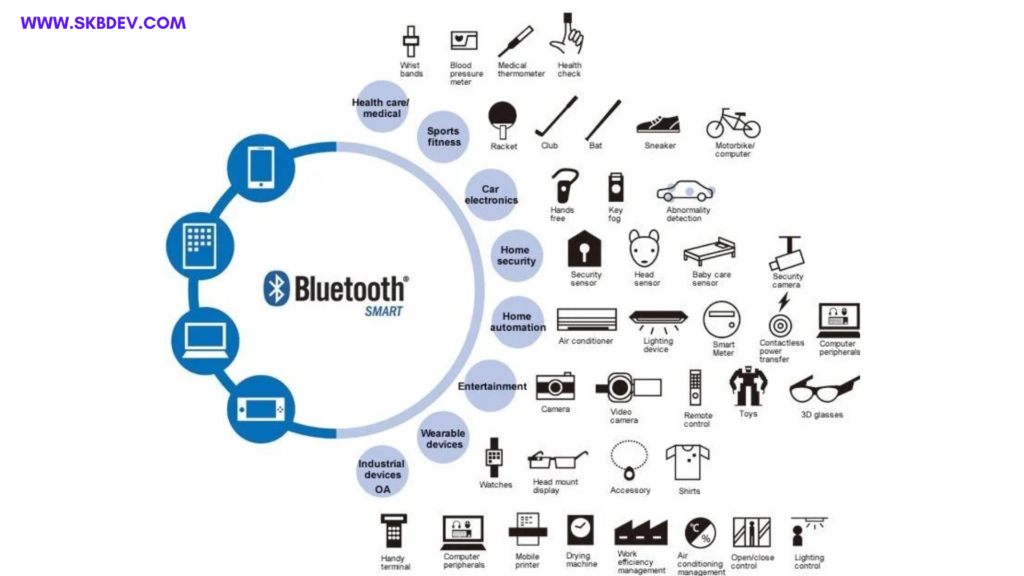
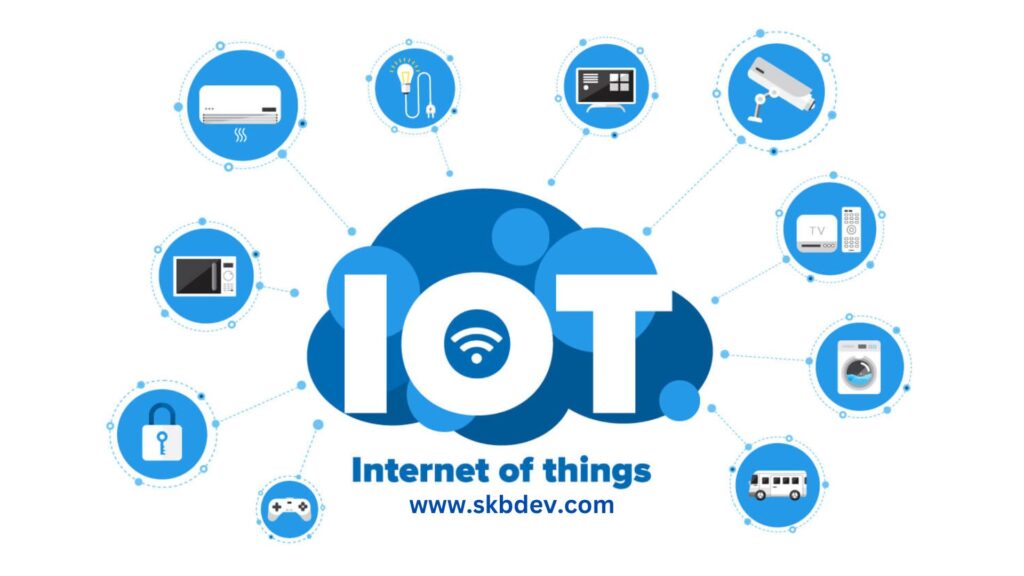
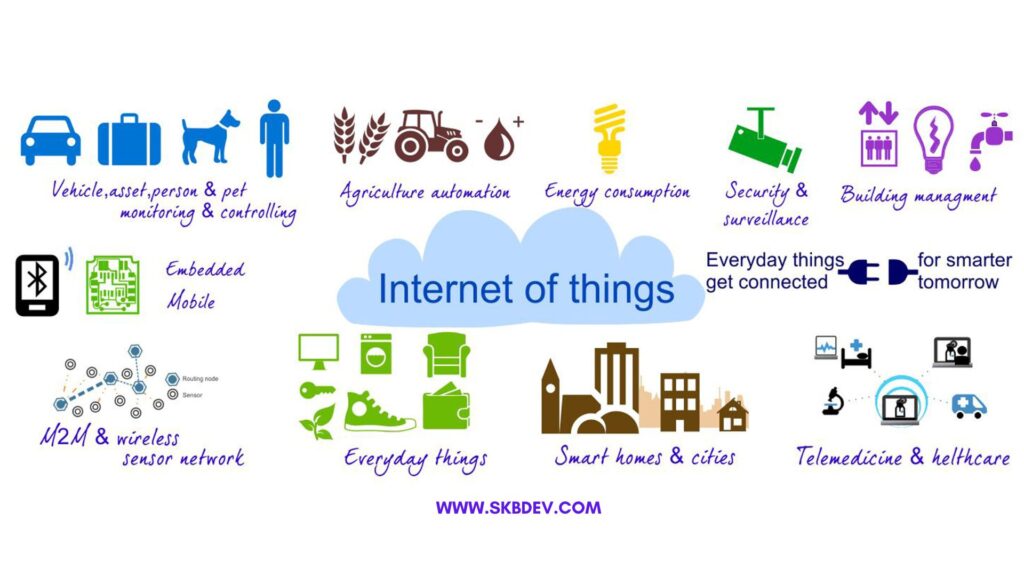
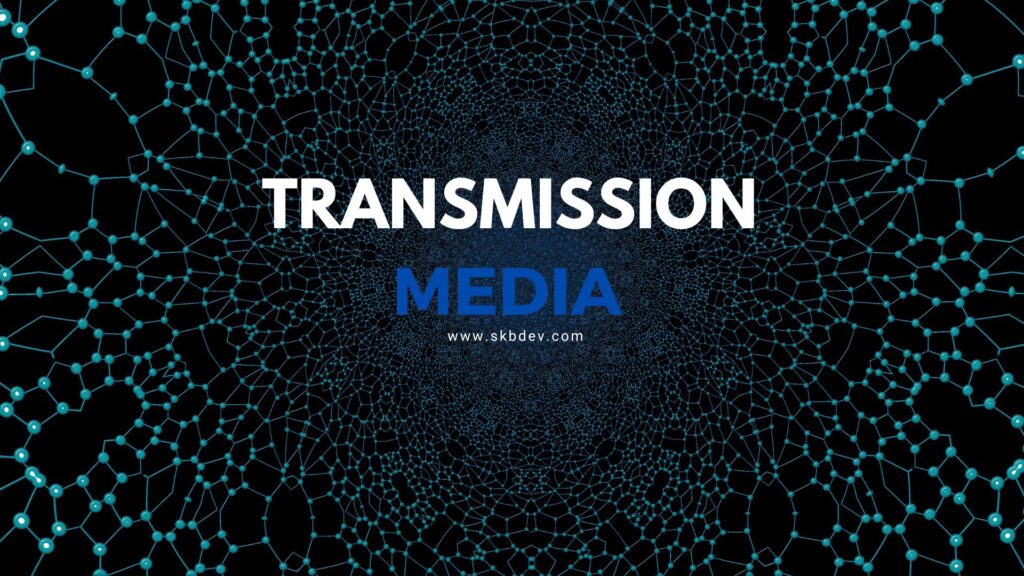
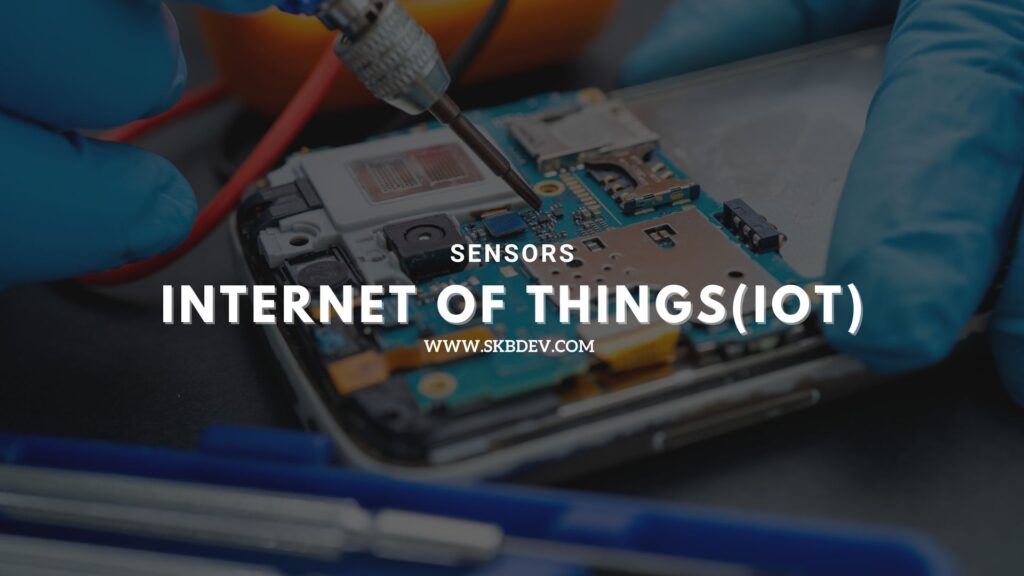
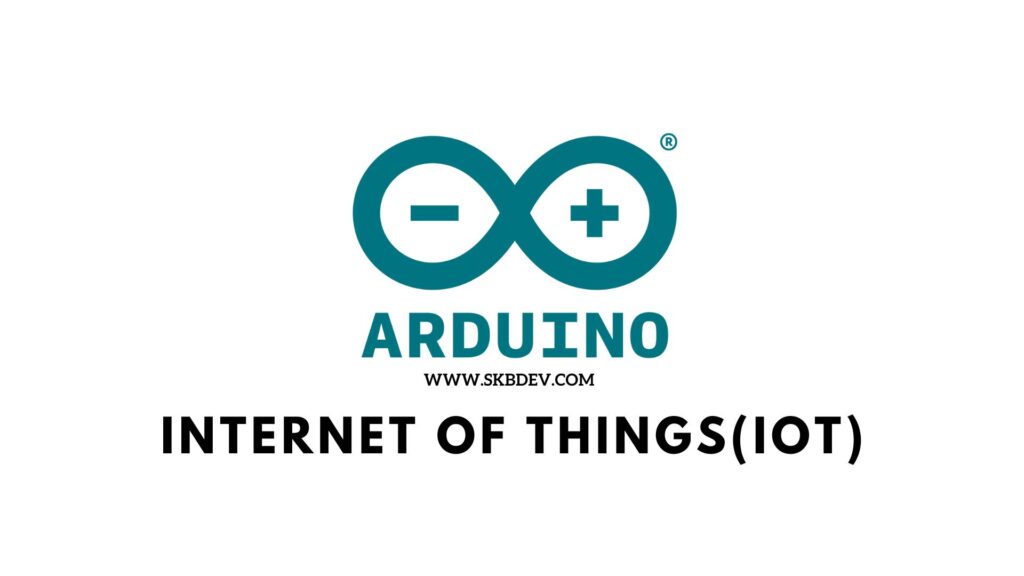
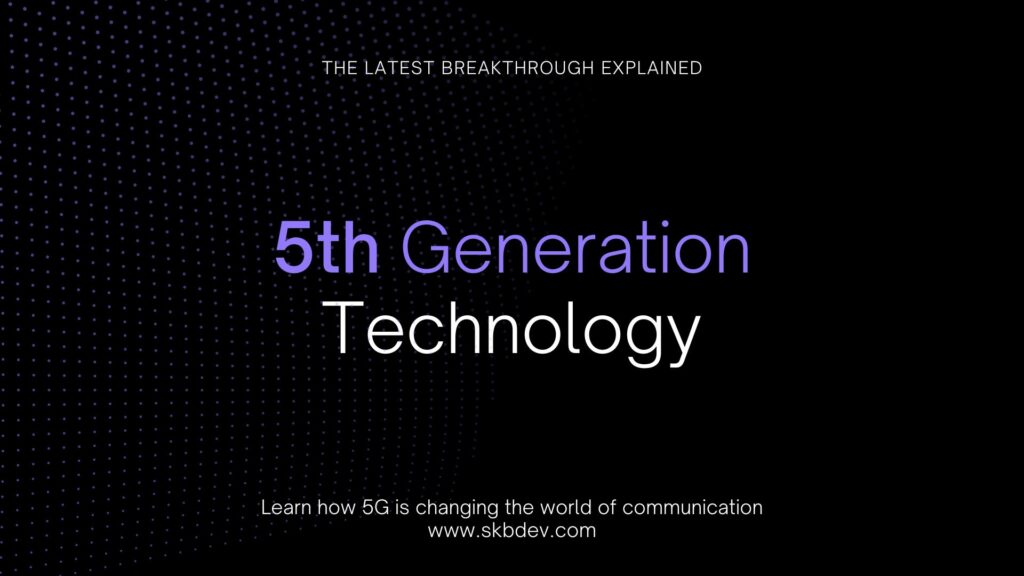
Pingback: What is Transmission Media in IoT - SKB Development
Your posts always provide me with a new perspective and encourage me to look at things differently Thank you for broadening my horizons
Your posts always provide me with a new perspective and encourage me to look at things differently Thank you for broadening my horizons
Pingback: How 5G is Transforming Communication - SKB Development